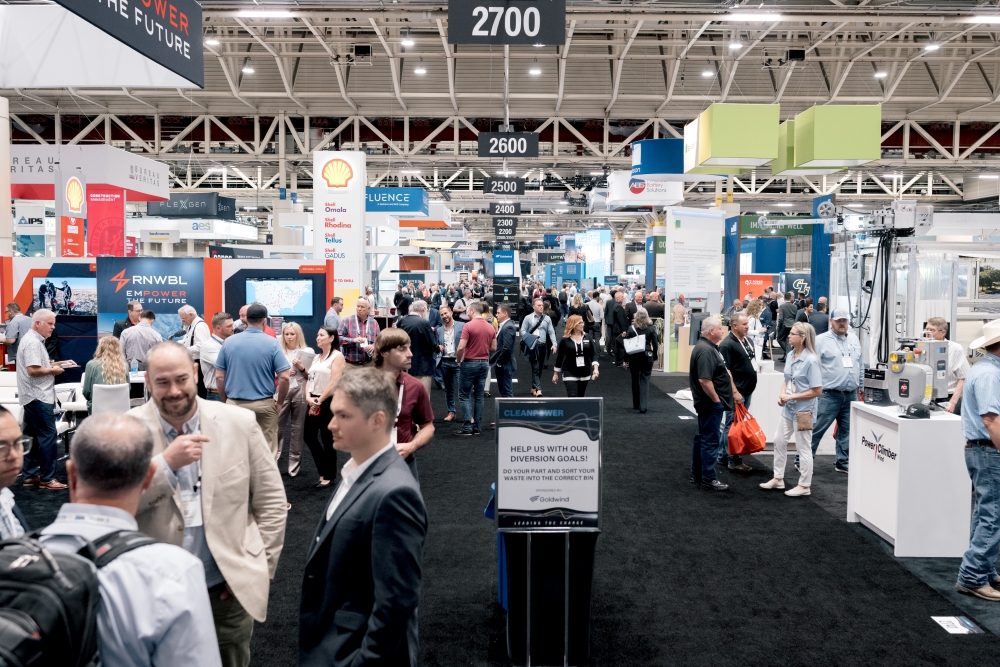Fact check: Heritage errs in supporting job-killing tax hike
The fossil-fuel-funded Heritage Foundation has a new blog post urging that wind power's federal tax incentive be allowed to expire. The following was posted as a comment:
Why is the Heritage Foundation, in these difficult economic times, standing staunchly in support of a job-killing targeted tax increase on an emerging, job-creating industry that is a recognized source of new American manufacturing jobs? Does that square with its other positions on taxes? Keeping taxes low on wind power makes sense: past experience tells us that when taxes are low, development increases; when taxes increase, development drops at least temporarily by 70-90 percent. That is something that would be disruptive to any industry, let alone one that has been expanding rapidly.
Moving on to the issue of opportunity cost, it's definitely an important part of economic theory, but like all other parts of economic theory, it shouldn't be considered in a vacuum. Why, for example, are there such things as anti-dumping lawsuits, and unfair trade practices? Because manufacturers sometimes accept the (literal) opportunity cost of selling products at a loss in order to gain market share and drive manufacturers in other countries out of business. There is nothing magical (or heretical) about opportunity cost–it's a cost like other costs of doing business, and should be considered and balanced against other benefits and detriments of a proposed course of action.
Here, the proposed course of action is a four-year extension of the wind energy production tax credit (PTC). The benefits are clear:
– Wind turbine installations in the U.S. increased more than tenfold over the past decade, from a total of 2,650 megawatts (MW) at the end of 2000 to 40,181 MW (enough to power the equivalent of 10 million homes) 10 years later.
– Even as domestic installations of wind turbines were expanding dramatically, the domestic content of those turbines grew even faster–from 25 percent prior to 2005 to 60 percent today. As the nonpartisan Congressional Research Service (CRS) recently found, American wind manufacturing facilities have kept pace, growing from as few as 30 in 2004 to nearly 400 in 2010. At the same time, the PTC has leveraged an average of $17 billion a year in private investment over the last four years.
– In recent years, wind has muscled its way into the electric power mainstream. Wind energy’s cost has been reduced over 90% since 1980, driven by a continuing stream of game-changing technology advances. A recent report from Lawrence Berkeley National Laboratory (LBNL), found that wind turbine prices have dropped sharply in recent years, due largely to the scaling up of turbine size to reduce cost of energy (COE) and the growth of a domestic supply chain as the U.S. dollar has declined against other major currencies. Utilities are increasingly choosing to rely on wind, recognizing its ability to guarantee low electricity rates for the long term. In fact, wind power has provided 35 percent of all new electric capacity installed in America over the past four years, more than coal and nuclear combined.
– Wind power provides badly-needed support for hard-pressed rural economies, and rural economic development. Farmers and ranchers can receive lease payments of up to $120,000 over 20 years for each turbine on their property, and rural counties are seeing substantial increases in property tax revenues.
The key to this progress is building a domestic market–if wind farms are being installed here, the turbines and the vast majority of their 8,000 parts will be built here, and the associated construction, transportation, and operations and maintenance paychecks will go to American workers and support American families.
Finally, it is reasonable to expect that new wind farm installations will drop sharply if the PTC is allowed to expire. But that is not because wind cannot be competitive–it is because businesses need certainty, and stable tax policy, to be able to make plans, invest money, build factories, and hire workers. Throughout the past decade, even as the wind industry has grown, the PTC's effectiveness as an incentive has been undermined by a steady series of expirations and short-term extensions. Building a new, major manufacturing industry in the face of global competition is a marathon, not a 100-yard dash, and we need a tax policy that recognizes this basic fact.
Related articles:
Fact check: Globalwarming.org ignores energy incentive history, December 19, 2011
Blogger sees PTC extension as 'no-brainer', December 15, 2011
Don't hit wind with job-killing tax hike, December 5, 2011
Fact check: Pompeo and Labrador miss mark with subsidy bill, December 1, 2011
Selective Use of Energy Subsidies is Unfair (letter to editor, Washington Times), November 30, 2011
Red State Energy, Red State Jobs, November 29, 2011
Governors' letter urges prompt extension of wind tax incentive, November 16, 2011
Wind power: Keeping America's lunch money at home, November 14, 2011
Clean energy: A bipartisan goal, November 9, 2011
Nonpartisan Congressional report underscores need for stable wind energy policy, October 3, 2011
Iowa Gov. Branstad cites wind jobs, current and future, September 14, 2011

